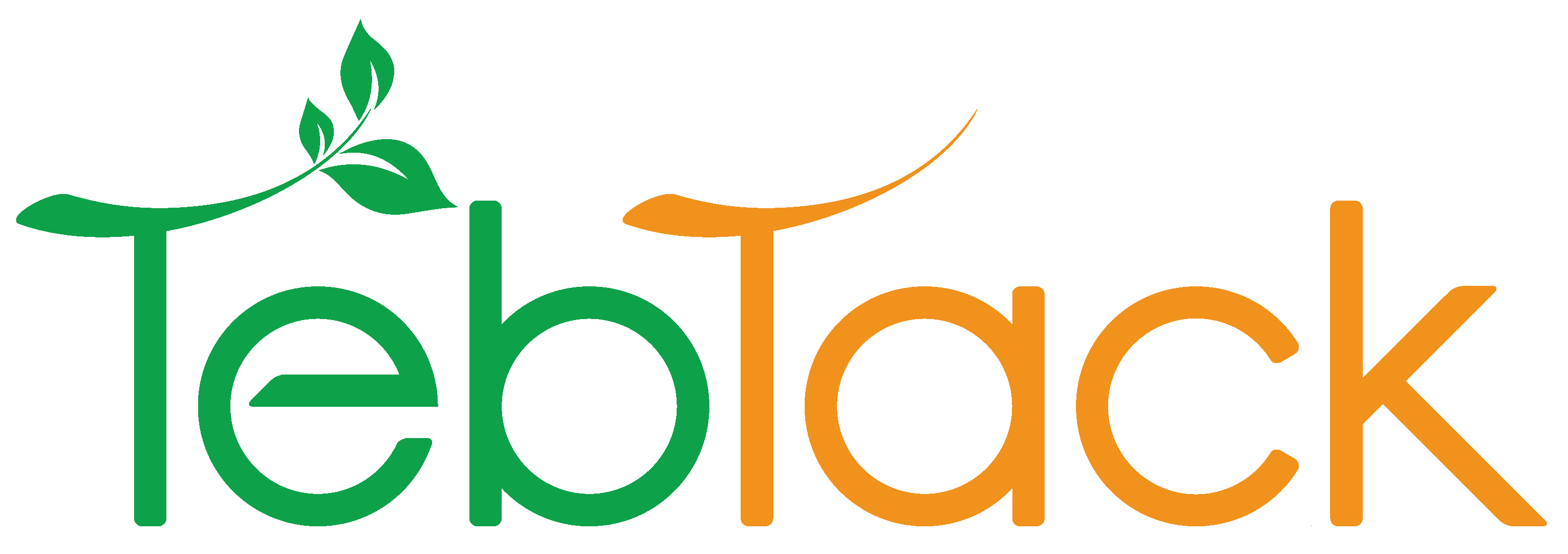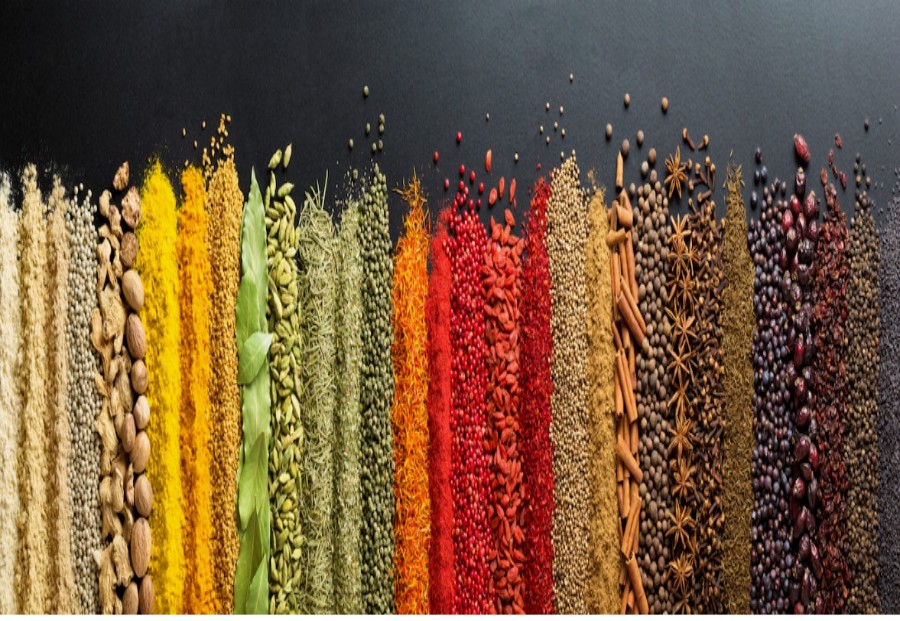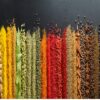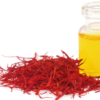Many of the thousands of plant species growing throughout the world have medicinal uses, containing active constituents that have a direct action on the body. They are used both in herbal and conventional medicine and offer benefits that pharmaceutical drugs often lack, helping to combat illness and support the body’s effrots to regain good health.
There is no doubt that in extreme situations, the treatments devised by modern medicine can offer an unparalleled opportunity to relieve symptoms and save lives. Orthodox pharmaceutical medicines sustain life and counter infections in situations where other types of treatment may have little to offer. Modern surgical techniques, such as plastic surgery, and the whole range of diagnostics and of life-support machinery now available, can all be used to improve the chances of recovery from serious illness or injury.
The Benefits of Herbal Medicine
Yet despite the dramatic advances and advantages of conventional medicine, or biomedicine as it is also known, it is clear that herbal medicine has much to offer. We tend to forget that in all but the past 100 years or so, humans have relied almost entirely on plants to treat all manner of illnesses, from minor problems such as coughs and colds to life-threatening diseases such as tuberculosis and malaria.
Today, herbal remedies are coming back into prominence because the efficacy of conventional medicines such as antibiotics, which once had near-universal effectiveness against serious infections, is on the wane. Over the years, infectious organisms have developed resistance to synthesized drugs, and the herb sweet wormwood and its active constituent artemisinin, for example, are now the standard treatment for malaria in tropical areas where the protozoa causing the infection no longer respond to conventional treatment.
Herbal medicine often compliments conventional treatments, providing safe, well-tolerated remedies for chronic illnesses. It is expereiencing a dramatic renaissance in Western countries, partly because no effective conventional treatment as yet exists for many chronic illnesses, such as asthma, arthritis, and irritable bowel syndrome. In addition, concern over the side effects of biomedicine is encouraging people to look for more gentle forms of treatment. It is estimated that 10-20% of hospital patients in the West are there due to the side effects of conventional medical treatment.
Using Herbs Wisely
Most commonly used herbs are extremely safe to use. But some plants can produce side effects and, like all medicines, herbal remedies must be treated with respect. It is essential to take or use certain plants only under the guidance of a well-trained practitioner, to avoid adverse consequences. Ma huang (Ephedra sinica), for example, can be extremely toxic at the wrong dosage, and comfrey (symphytum officinale), a very popular herb in the past, is thought to cause severe or even fatal liver damage in rare circumstances. When an herbal medicine is used correctly, however, the chances of developing a serious side effect are remote.
Potent Plant Chemicals
The ability of an herbal medicine to affect body systems depends on the chemical constituents that it contains. Scientists first started extracting and isolating chemicals from plants in the 18th century, and since that time we have grown accustomed to looking at herbs and their effects in terms of the active constituents they contain.
Research into isolated plant constituents is of great importance, for it has given rise to many of the world’s most useful drugs. Tubocurarine, the most powerful muscle relaxant in existence, is derived from pareira (Chondrodendron tomentosum), and the strongest painkiller of all, morphine, comes from opium poppy (Papaver somniferum). Many anesthetics are also derived from plants – for example cocaine comes from coca (Erythroxylum coca).
Today, biomedicine still relies on plants rather than laboratory for at least 25% of its medicines, and many of these are among the most effective of all conventional drugs. It is hard to think of a world deprived of the antimalarial properties of quinine (derived from Cinchona); or heart remedy digoxin (from Digitalis); or the cough-relieving properties of ephedrine (from Ehpedra sinica), which is present in many prescription and over-the-counter cold remedies. These and many other conventional medicines are all derived from isolated plant constituents.
Value of Whole Plants
Although it is important to understand the actions of individual active constituents, herbal medicine, unlike biomedicine, is ultimately about the use and actions of whole plants – medicines that are literally god-given rather than developed in a laboratory. In the same way that taking a watch apart and identifying its key parts will not show you how it works as a whole, dividing up a medicinal herb into its constituent parts cannot explain exactly how it works in its natural form. The whole herb is worth more than the sum of its parts, and sceintific research is increasingly showing that the active constituents of many herbs, for example those in ginkgo (Ginkgo biloba), interact in complex ways to produce the therapeutic effect of the remedy as a whole.
Plants contain hundreds, if not thousands, of different constituent chemicals that interact in complex ways. Frequently, we simply do not know in detail how a particular herb works – even though its medicinal benefit is well established. The pharmacological approach to understanding how whole herbs work is like working a puzzle where only some of the pieces have been provided. Furthermore, although it is very useful to know that a plan contains certain active constituents, such information can be misleading on its own. For example, Chinese rhubarb works in two apparently opposite ways depending on the dosage: as a laxative at moderate to high doses; to treat diarrhea at a lower dose.
This example reveals a couple of fundamental truths about herbal medicine. Firstly, the experience of the herbal practitioner and of the patient often provide the most reliable guide to the medicinal effect of individual herbs. Secondly, the value of a medicinal herb cannot be reduced simply to a list of its active constituents.
Plants as Foods & Medicines
In general, the human body is much better suited to treatment with herbal remedies than with isolated chemical medicines. We have evolved side-by-side with plants over hundreds of thousands of years, and our digestive system and physiology as a whole are geared to digesting and utilizing plant-based foods, which often have a medicinal value as well as providing sustenance.
The dividing line between “foods” and “medicines” may not always be clear. Are lemons, papayas, onions, and oats foods or medicines? The answer, very simply, is that they are both. Lemon (Citrus limon) improves resistance to infection; papaya (Carica papaya) is taken in some parts of the world to expel worms; onion (Allium cepa) relieves bronchial infections; and oats (Avena sativa) support convalescence. Indeed, herbal medicine comes into its won when the distinctions between foods and medicines are removed.
Though we might eat a bowl of oatmeal oblivious to the medicinal benefits, it will, nonetheless, increase stamina, help the nervous system to function correctly, provide a good supply of B vitamins, and maintain regular bowel function. A similar range of benefits is provided by many of the other gentler-acting herbs.
Herbal Treatments
The strategies that herbal practitioners adopt to prevent illness or restore health in their patients are different in the many and varied herbal traditions across the planet, but the effects that herbal medicines have within the body to improve health do not vary. There are many thousands of medicinal plants in use throuhgout the world, with a tremendous range of actions and degrees of potency. Most have a specific action on particular body systems and are known to be suitable for treating certain types of ailments
In the end, whether used as food or medicine, plants have been and will always remain an integral part of a healthy diet, and alternative medicine.




